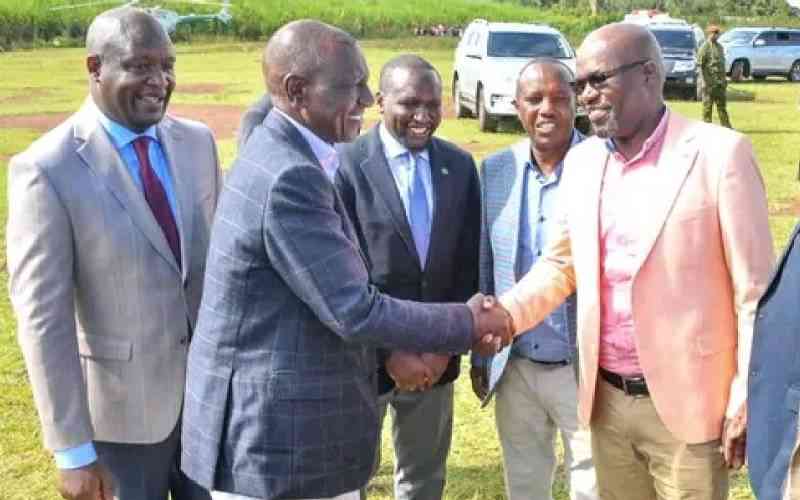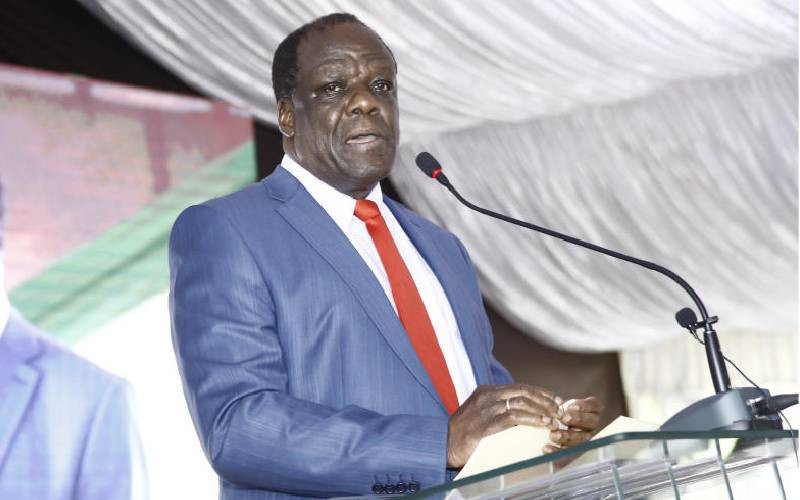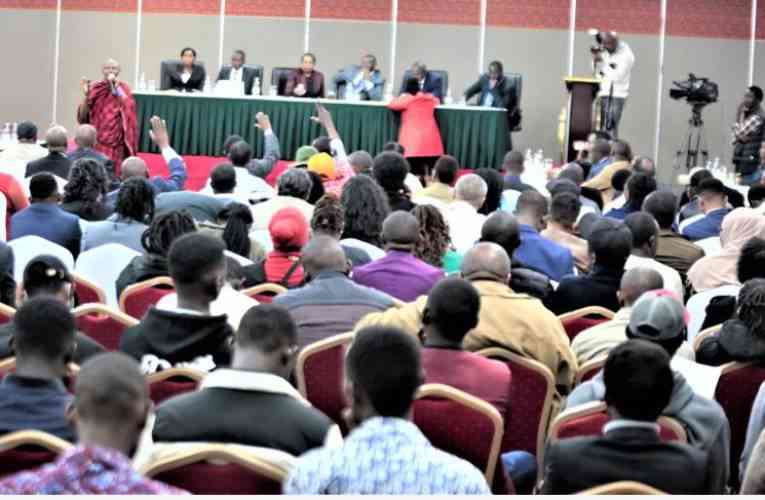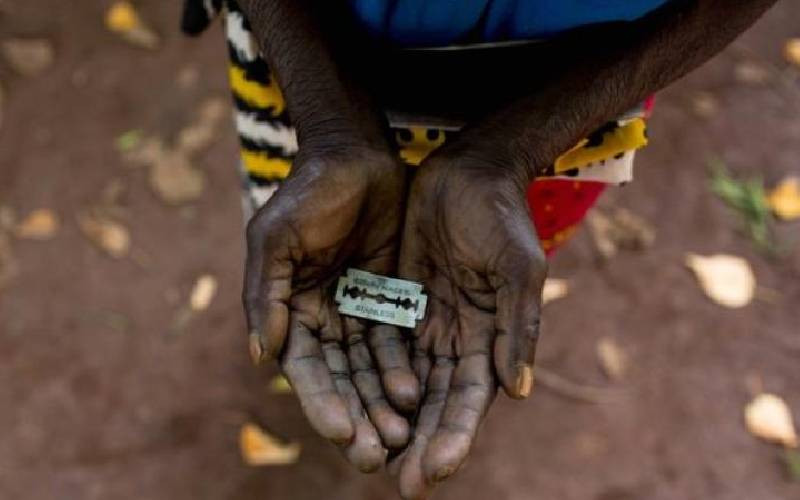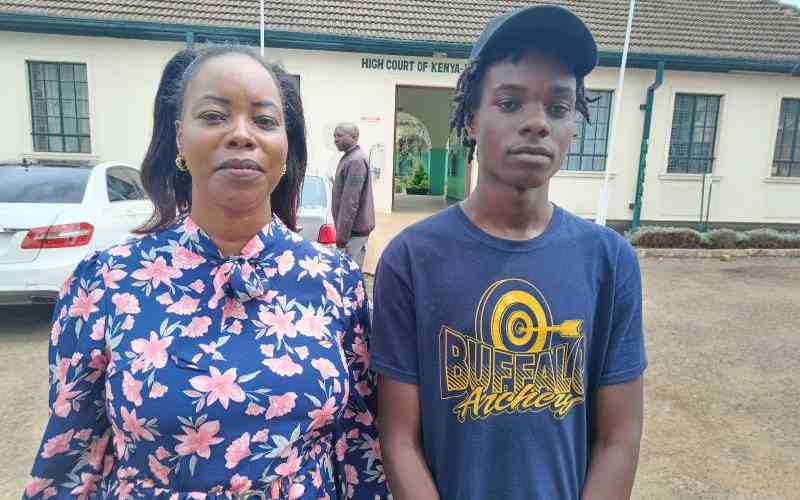
Effects of the drought have pushed herders from the neighbouring counties to Laikipia County in search of pasture and water. [Boniface Gikandi, Standard]
A move by the national government to purchase livestock from pastoralists in Laikipia County under its uptake programme has saved herders from incurring huge losses as drought continues to ravage the region.
County Drought Management Coordinator Guyo Golisha said there are plans to slaughter 850 animals that were purchased from pastoralists and the meat distributed to the needy local residents.
He said another 400 animals had been purchased from locals by the Kenya Meat Commission (KMC) in the ongoing livestock uptake programme.
"This is one of the projects that have benefited the pastoral community to cushion them during the drought," said Golisha.
He said the national and the county governments are still delivering water, relief food and fodder to affected regions to mitigate the effects of the drought.
Farmers in at least four wards in Laikipia County have also missed the planting season due to recent clashes over pasture.
Golisha said Mokogondo East, Mokogondo West, Segera and Rumuruti wards were some of the worst-hit areas.
He said insecurity caused by herders from neighbouring counties would translate to food insecurity in Laikipia.
In Nyeri, the short rains experienced from October, November and towards the end of December and beginning of January have helped to ease drought in the vast Kieni Constituency.
Kieni Constituency is considered a semi-arid area that is prone to drought and food insecurity.
A December report by the National Drought Management Agency (NDMA) on the area said the regeneration of vegetation cover was notable across all zones.
"The access to water for domestic and livestock use improved in December compared to the previous months," the NDMA reported.
The rainfall was above normal and distribution in time and space.
NDMA also reported that the purchasing power of households in the zones improved compared to the previous months.
Access to water for households and livestock use improved as water sources such as rivers, springs and boreholes were replenished by the rains.
"During the month under review, households were harvesting rainwater and rivers flowed normally," the report reads in part.
Elizabeth Korir from Wangwachi village in Laikipia west neighbouring Baringo County said she has lost more than five heads of cattle following the impact of drought.
She said the drought being experienced in the area had forced many residents to sell their animals at a throwaway price.
“The KMC come in too late to buy the livestock but we at least managed to sell the five animals that were left in the boma,” said Korir.
Suleiman Muchai, a resident of Dol Dol area in Laikipia North said his family pocketed Sh78,000 from the sale of animals that were at risk of dying to the KMC, and hope to have the rest slaughtered in the planned exercise yet to be announced.
He said the pastoralism community should adopt the modern tradition of stocking a few animals instead of keeping herds they will not manage.
“Lessons learnt from the agriculture expert include to reduce our herds to a manageable number to be able them survive during drought season,” said Muchai.
He added that there are number of camel herders who have invaded the region looking for the pasture of their animals, a reason that could provoke violence.
"The county and national government should work towards blocking the immigrants from penetrating in Laikipia as they are the major cause of violence,” said Muchai.
 The Standard Group Plc is a multi-media organization with investments in media platforms spanning newspaper print
operations, television, radio broadcasting, digital and online services. The Standard Group is recognized as a
leading multi-media house in Kenya with a key influence in matters of national and international interest.
The Standard Group Plc is a multi-media organization with investments in media platforms spanning newspaper print
operations, television, radio broadcasting, digital and online services. The Standard Group is recognized as a
leading multi-media house in Kenya with a key influence in matters of national and international interest.



